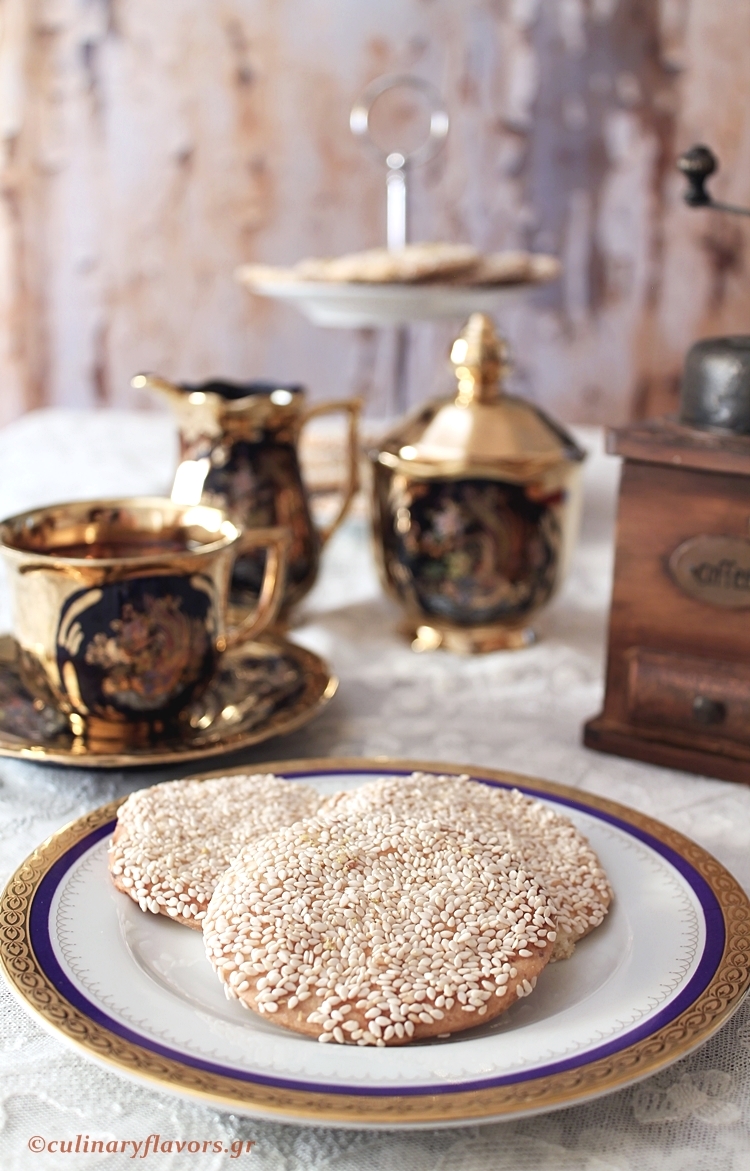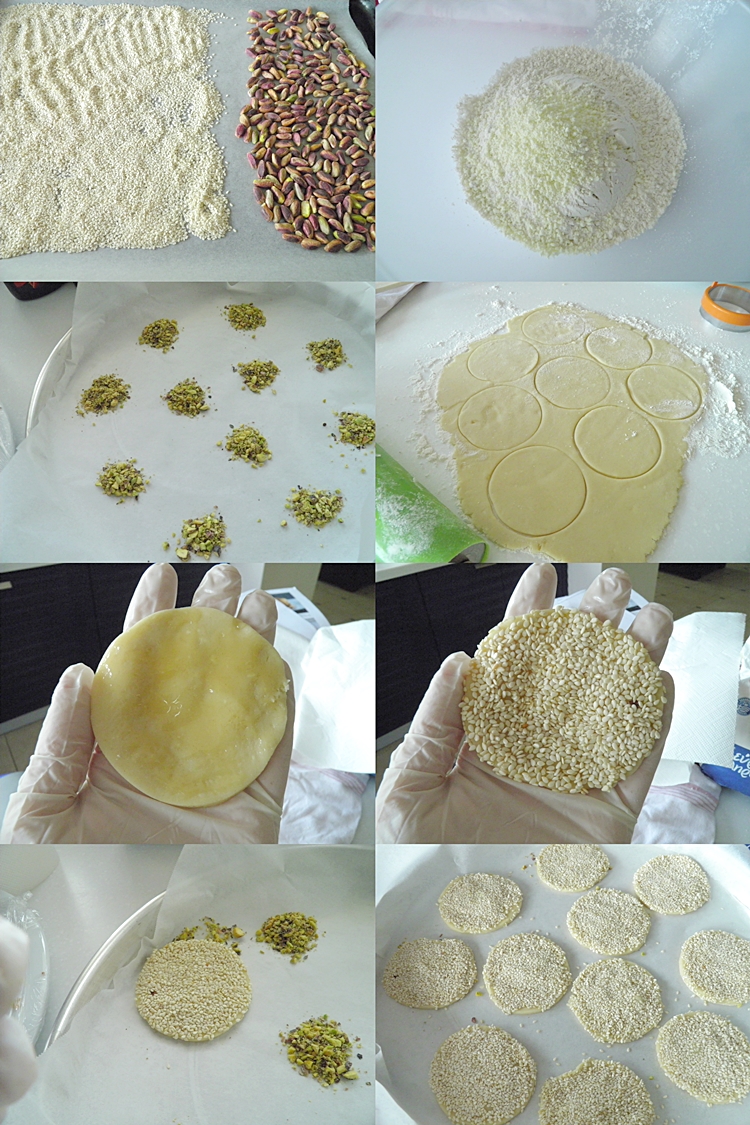Mesopotamia was a vast area that extended from the Tigris river to the Euphrates and beyond up to the Mediterranean Sea. That part included modern countries of Turkey, Syria, Iraq, Lebanon, Israel and Jordan. This area is called Fertile Crescent because if its shape. The first settlers in the region were the Sumerians and they developed an important civilization.
Because of its fertile soil, that area was among the first that was inhabited by people, in their effort to be close to water for drinking and growing crops. Although different civilizations had different ideas and structure, they shared many common things.
Sumerians developed an important civilization. They took advantage of the water by digging canals and building dams to control seasonal floods. In writing, which perhaps is the most important contribution of Sumerian civilization, they used a way of writing called cuneiform consisting of 1,200 different characters. Sumerians were the first who used wheel in a carriage and they introduced vehicles in military with the development of chariot. In mathematics, the 60-minute hour, 60-second minute and 360-degrees circle we use today, they all come from Sumerians. As a result of all these, Mesopotamia is called “the cradle of civilization”. It was them who invented the idea of an organized human society.
As my son goes to an international school, his history course introduces children to several different civilizations and periods of time. After reading his lesson, he comes to me to hold his book and check whether he understood the key facts of each lesson. Although it is sometimes overwhelming coming back from a tiring day at work and having to do this as well, I must admit that I have learned so many new things and was reminded of certain facts that I have forgotten from my school years. I told him that when he finishes with this book, I am going to take it and read it in my own time.
Ancient history is an inextricable part of Mediterranean and Middle East and we all share some common ideas, origins and customs. I only feel sad that instead of focusing on all the common things we share, some choose to invest on the differences and support violence and war. You all know about the refugee crisis that is happening in the area here and I am sure you all have heard about all these desperate people who are trying to leave their homeland that is severely abused from war sometimes with lethal results. In Greece now there are over 50,000 refugees who are hemmed in here since European countries have closed their borders. I don’t want to enter in a discussion on the whys the hows and the what’s nexts, it’s a food blog after all, but I can’t help thinking that no matter how much we develop as societies and consider ourselves modern and updated technologically and socially, there are still some dark sides in ourselves, remnants of our cave years that are coming out in the most horrible way.
Because of this entire situation that is going on in my “neighborhood” and after reading about the great civilization that area has produced, I thought of making a Syrian cookie called barazék. These cookies are buttery, short-bread like and they have a delicious taste of roasted sesames on one side and pistachios on the other. They are very easy to make and they pair perfectly with a cup of coffee or tea.
- 115 gr. / 4 oz. butter, room temperature
- 70 gr. / 2.5 oz. caster sugar
- 200 gr. / 7 oz. (+1 tbsp) all purpose flour
- ¼ tsp vanilla extract
- ½ tsp baking powder
- 1 ½ tbsp. dry milk
- 40 gr. / 1.5 oz. milk
- 100 gr. / 3.5 oz. roasted sesame
- 100 to 120 gr. / 3.5 to 4 oz. pistachios, roughly chopped
- About ¼ cup honey
- Preheat oven to 175°C / 350°F.
- In your stand mixer add the butter and the sugar and mix in medium speed for one minute.
- In another bowl mix the flour, baking powder and dry milk.
- Throw the flour mixture to the butter/sugar mixture and whisk with your mixer in medium speed.
- Add the milk and continue to mix.
- The dough must be soft and come off from the sides of the mixer bowl.
- If not, you may need the extra 1 tbsp of flour.
- It all depends on the weather conditions the moment you make them.
- Mix for a minute or two and then remove the dough from the bowl.
- Flour your bench and with a pining wheel roll your dough 0.5 cm / ¼″ thick.
- With a cookie cutter cut rounds of 7 cm / 3 in. each.
- Place roasted sesame in a plate.
- Place parchment paper on cookie trays.
- Add small piles of the pistachios about ½ tsp each, leaving about 7 cm / 3 in. distance among them.
- Take one cookie disk in your hand.
- Brush it with honey.
- Put it in the sesame plate with its honeyed side.
- Remove and place them on top of the pistachio pile with the side that is clean.
- Press gently so as the pistachios to be incorporated in the dough.
- Follow the exact same procedure for all the dough.
- Place in the oven and bake for about 20 minutes or until the sides of the cookies start taking and nice golden color.
- Remove, let them cool down and serve.
- 115 γρ. βούτυρο σε θερμοκρασία δωματίου
- 70 γρ. άχνη ζάχαρη
- 200 γρ. (+ 1 κ.σ.) αλεύρι για όλες τις χρήσεις
- ¼ κ.γ. εκχύλισμα βανίλιας
- ½ κ.γ. μπέικιν πάουντερ
- 1 ½ κ.σ. γάλα σε σκόνη
- 40 γρ. γάλα
- 100 γρ. καβουρδισμένο σουσάμι
- 100 έως 120 γρ. φιστίκια, χοντροκομμένα
- Περίπου ¼ φλ. μέλι
- Προθερμαίνετε το φούρνο στους 175° C.
- Στο μίξερ προσθέστε το βούτυρο και την ζάχαρη και αναμίξτε στην μεσαία ταχύτητα για ένα λεπτό.
- Σε ένα άλλο μπολ ανακατέψτε το αλεύρι, το μπέικιν πάουντερ και το γάλα σε σκόνη.
- Ρίξτε το αλεύρι στο μίγμα του βουτύρου/ζάχαρης και χτυπήστε με το μίξερ σε μέτρια ταχύτητα.
- Προσθέστε το γάλα και συνεχίστε το ανακάτεμα.
- Η ζύμη πρέπει να είναι μαλακή και να ξεκολλάει από τις πλευρές του μπολ.
- Αν δεν ξεκολλάει, μπορεί να χρειαστείτε την επιπλέον 1 κουταλιά της σούπας αλεύρι.
- Όλα εξαρτώνται από τις καιρικές συνθήκες τη στιγμή που τα φτιάχνετε.
- Ανακατέψτε για ένα λεπτό ή δύο, και στη συνέχεια βγάλτε τη ζύμη από το μπολ.
- Αλευρώστε τον πάγκο και με τον πλάστη ανοίξτε τη ζύμη σας μισό πόντο λεπτή.
- Με ένα καλουπάκι κόψτε στρογγυλά με διάμετρο 7 cm το κάθε ένα.
- Τοποθετήστε το σουσάμι σε ένα πιάτο.
- Τοποθετήστε το χαρτί ψησίματος σε ένα ταψί.
- Προσθέστε μικρές στοίβες από τα φιστίκια περίπου ½ κουταλάκι του γλυκού κάθε μία, αφήνοντας περίπου 7 cm απόσταση μεταξύ τους.
- Πάρτε ένα μπισκότο στο χέρι σας.
- Αλείψτε με το μέλι.
- Βάλτε στο πιάτο με το σουσάμι με τη μελωμένη πλευρά του προς το σουσάμι.
- Βγάλτε το και τοποθετήστε το πάνω από τη στοίβα με το φιστίκι με την πλευρά που είναι καθαρή.
- Πιέστε απαλά έτσι ώστε τα φιστίκια να κολλήσουν στη ζύμη.
- Ακολουθήστε την ίδια διαδικασία για όλη τη ζύμη.
- Τοποθετήστε στο φούρνο και ψήστε για περίπου 20 λεπτά ή μέχρι οι πλευρές των μπισκότων να αρχίσουν να παίρνουν ένα ωραίο χρυσαφί χρώμα.
- Βγάλτε τα από το φούρνο, αφήστε να κρυώσουν και σερβίρετε.




